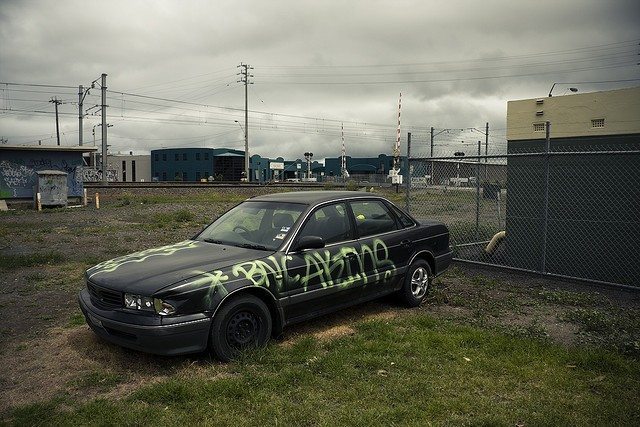Why Stolen Cars & Pictures are nothing to brag about!

Photo credit by calignosus
How do you make sure you are sharing content legally and most importantly with the consent of the author?
While participating on #Blogchat which I have been participating for a few weeks I read a few tweets related to sharing photos online.
The following tweet really caught my attention not only is it creative but it has a very clear message:
[blackbirdpie url=”http://twitter.com/#!/ahockley/status/31908186885722113″]
@ahockley point was a ver easy way to explain what many people do by taking a photo without proper authorization to make it appear like it was ok.
When I am searching for a picture for my posts and I don’t use my own I mainly use Flickr’s Creative Commons.
[blackbirdpie url=”http://twitter.com/#!/RickCaffeinated/status/31905488207618048″]
My new online friend @rickcaffeinated which is another encyclopedia of knowledge also recommended wylio.com in his tweet:

1
I used wylio.com for the previous pic and I have to admit it was very efficient and it expresses well the term of sharing which most people participating in #blogchat effectively did.
A great resource to share, remix, and reuse legally is creativecommons.org
Creative Commons is a nonprofit organization that develops, supports, and stewards legal and technical infrastructure that maximizes digital creativity, sharing, and innovation.
Briefly here is an overview of the Creative Commons
![]() Attribution means:
Attribution means:
You let others copy, distribute, display, and perform your copyrighted work – and derivative works based upon it – but only if they give you credit.
![]() Noncommercial means:
Noncommercial means:
You let others copy, distribute, display, and perform your work – and derivative works based upon it – but for noncommercial purposes only.
![]() No Derivative Worksmeans:
No Derivative Worksmeans:
You let others copy, distribute, display, and perform only verbatim copies of your work, not derivative works based upon it.
![]() Share Alike means:
Share Alike means:
You allow others to distribute derivative works only under a license identical to the license that governs your work.
Where do you get your images for your blog posts?
Are there any other tools you recommend that facilitate the process of choosing an adequate image for your post?
Have you see anyone copying without attribution or adequate permission?


Glad my tweet struck a chord with you. As a photographer I can’t count the number of times someone has stolen my work and then come back with “But I gave you credit”. So frustrating.
It is great to see someone else perspective and experiences. I guess it helps people understand what the problem is with using those actions.
I many years out of ignorance made the mistake thankfully my sites where so unimportant that no one ever stumbled upon their images.
How do you make sure to let everyone now even those how are ignorant that they can’t use your pictures?
A “Share Alike” derivative work doesn’t have to be published under an identical license, it just has to be compatible.
Just found this. You’ve got some great content here 🙂
There’s a difference that pops to my mind every time I read a comparison of digital copyright violation and stealing: when you steal you are taking something from someone else thus leaving the original owner without the good being stolen; when you duplicate a copyrighted good, you are just duplicating while the original owner still have access and possession of said good. I am not advocating that either is good, it’s just a bad analogy. Would it still be so bad if I could duplicate your car for my own use? I mean, you keep your car, I just duplicated it.
Look at it differently. If you designed the car and someone duplicated it and used it to make money without your permission or attributing the adequate credit. Would you still feel the same way of it being ok to duplicate it.
Stealing ideas is no different than stealing car.
Helpful article.. thanks!